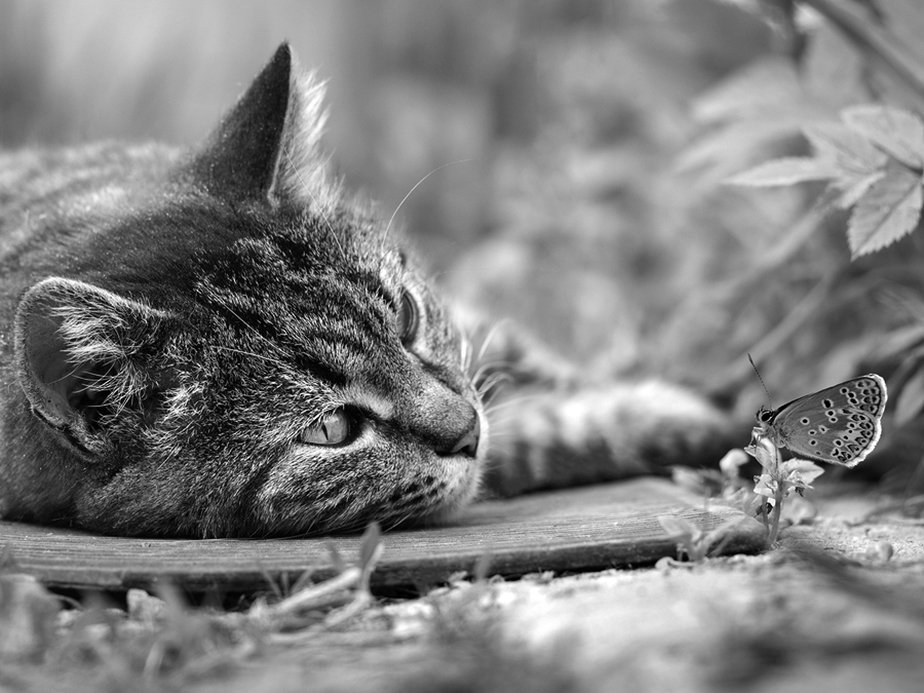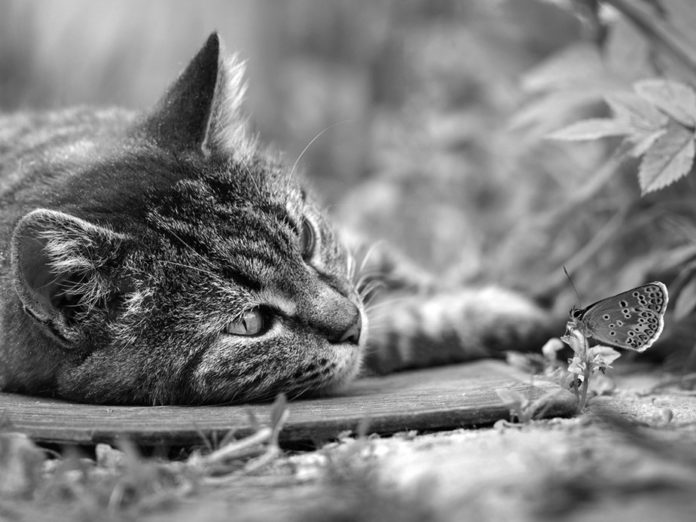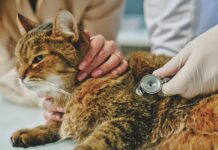A Push to Screen for Earlier Diagnosis of Hypertension
CatWatch has previously reported that hypertension in humans can damage the heart and arteries, and cause stroke, kidney damage and vision loss. The Lancet journal predicted that the risk of becoming hypertensive during a lifetime exceeds 90 percent for people in developed countries.
Even more alarming, it cautioned that “Screening is not done systematically, and the diagnosis is often made at a late stage when target organ damage has already happened.”
As dangerous as it is for humans, hypertension — also known as high blood pressure — can also cause serious organ problems for our cats, particularly if they’re 7 years of age or older. Yet symptoms aren’t always evident even to the experts. Hypertension is insidious, meaning signs may develop slowly or not be apparent. Early signs, such as lethargy, may be barely discernible.
kozorog Bigstock

The International Society of Feline Medicine, a division of International Cat Care, says the condition in older cats probably remains significantly under-diagnosed. It stresses the importance of early diagnosis and intervention, particularly because routine blood pressure monitoring is generally performed infrequently in cats and, “Cats are notoriously susceptible to stress in the veterinary clinic, which can lead to ‘white coat hypertension’ and hamper interpretation of results.”
As a guide to their patients, the society has published ISFM Consensus Guidelines on the Diagnosis and Management of Hypertension in Cats in its flagship Journal of Feline Medicine and Surgery. Veterinarians and academics in the U.K., Australia, New Zealand, Spain, France and the U.S. cover key topics, including monitoring blood pressure for cats of different ages and health status, providing anti-hypertensive therapy and identifying evidence of organ damage.
The society points out that measurement of blood pressure in cats can be readily performed, although care is needed for the choice and use of equipment to ensure meaningful and accurate results. It also cautions that systolic blood pressure — which indicates the pressure the blood exerts against the artery walls when the heart contracts — has been shown to increase with age in cats. It’s important to work with your cat’s veterinarian to determine a schedule for regular blood pressure monitoring when your cat approaches middle age.
The majority of cats diagnosed with hypertension have other systemic diseases that may cause or contribute to it. Such cases are referred to as secondary hypertension. The relationship between hypertension and the underlying disease may not always be understood. When secondary hypertension is found, the veterinarian needs to manage it and the underlying disease concurrently.
Cats with advanced secondary hypertension often exhibit symptoms such as:
– Sudden blindness
– Poor appetite and weight loss
– Increased drinking and urination
– Seizures
– Disorientation
– Difficulty breathing
It is hoped that these guidelines will encourage more widespread monitoring of blood pressure in veterinary clinics to increase the early identification of this treatable condition and prevent the severe clinical consequences of untreated hypertension,” says Samantha Taylor, BVetMed, ECVIM, a specialist in feline medicine and a co-chair of the guidelines panel.




